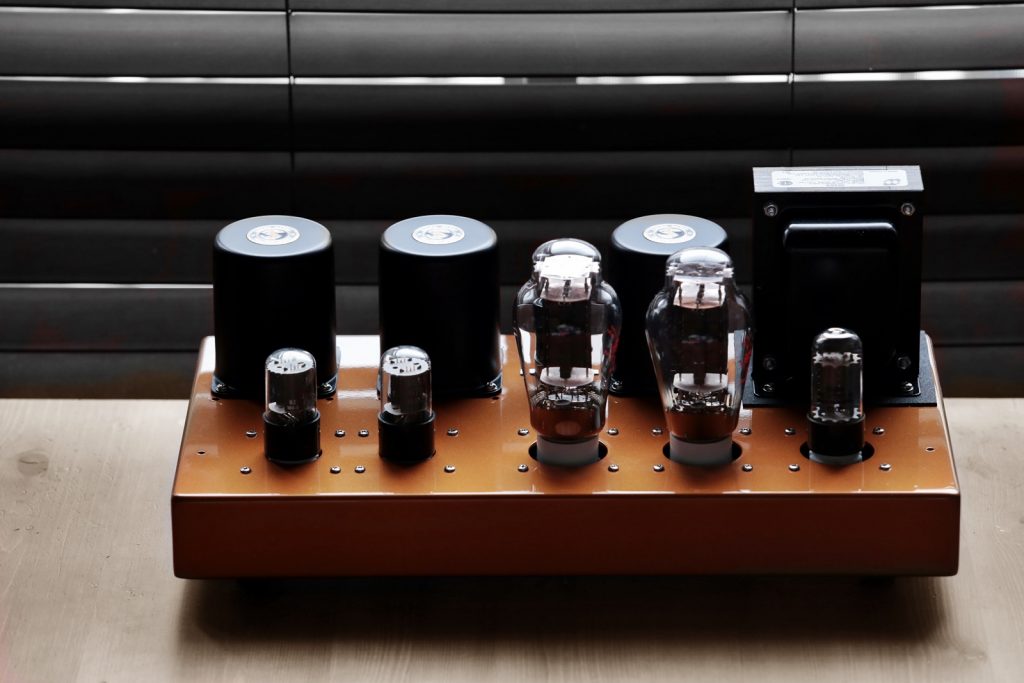
Amplifier Class: Amplifiers can be classified into different classes, such as Class A, Class AB, Class D, etc. Each class has its own advantages and disadvantages in terms of sound quality, efficiency, and heat generation. Research the different amplifier classes and choose one that suits your preferences and requirements.
Class A
Transistors are largely DC devices, but audio is AC. That’s a problem. One design solution to this was to use two complementary transistors. One would handle positive sections of the signal while the other would handle the negative sections. Then the two would be stitched together.
Unfortunately, that stitching part is hard to do seamlessly, and it resulted in “zero crossover distortion”. In that instant when the signal was at zero – neither positive nor negative – both transistors were off and there’d be a brief non-linearity. Which we would hear as harmonic distortion, generally of the unpleasant odd-order kind. Those designs were called Class B and they aren’t used in any hifi amplifiers worthy of the name.
Class A amplifiers solve all this by applying a significant bias to the signal. Bias is one of those scary electronic terms, but in this case all it means is that some DC is mixed in with the signal, which shifts the whole signal into either the positive or the negative. So instead of it being an AC signal centred on zero voltage, it becomes a varying DC signal, centred on the bias voltage. And that means the signal never crosses the positive-to-negative boundary, which results in inherently low distortion. The DC bias is filtered out before the signal is delivered to the speakers.
But this comes at a cost. The main one is inefficiency. The bias voltage is set at half the maximum voltage. So, for a 100-watt amplifier, it would be running at around 14 volts. And that 14 volts is running all the time that the amplifier is switched on, even if there’s no signal. So they even idle hot and consume a lot of power.
And given the large amount of heat sinking required, they tend to be large and heavy. Nonetheless, many audiophiles aspire to Class A when possible, simply because of the complete lack of crossover distortion.
